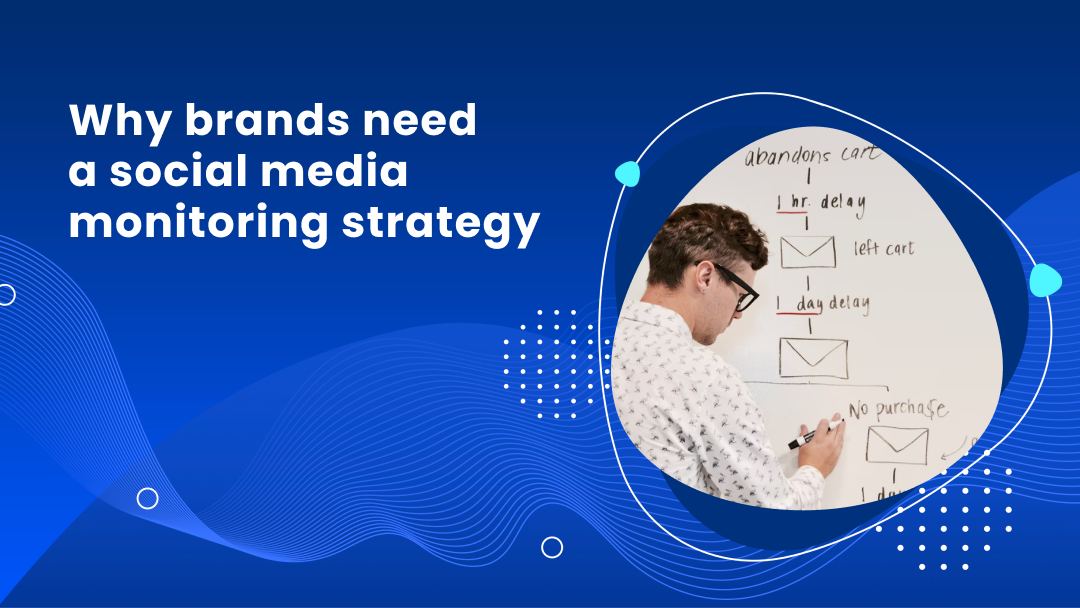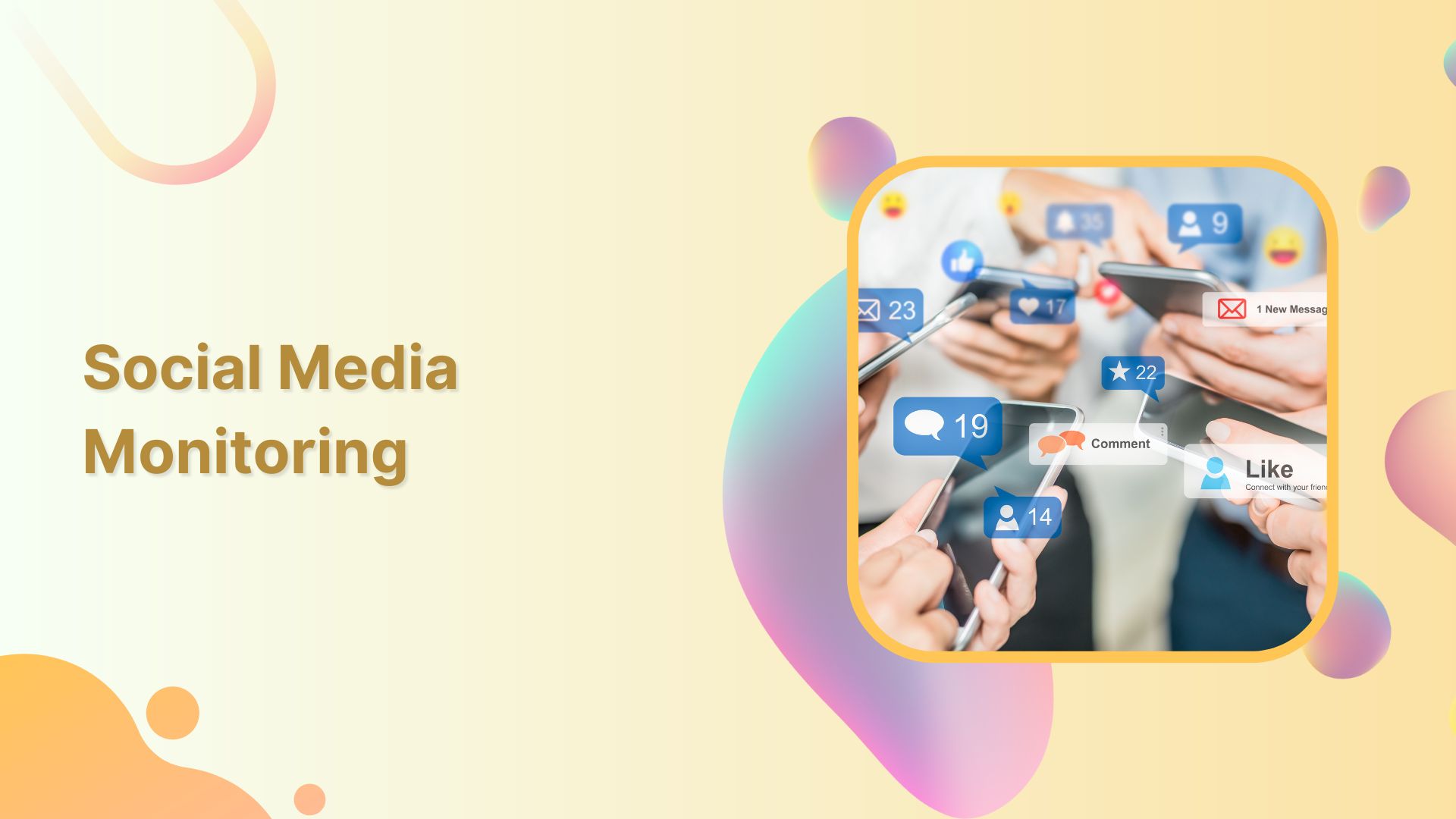In today’s fast-paced digital world, social media has become an integral part of our daily lives. For businesses, it offers a unique opportunity to connect with customers, build brand presence, and drive engagement. However, with the vast ocean of social media platforms, managing an online presence can be overwhelming. This is where a robust social media monitoring strategy comes into play.
Understanding the Basics of Social Media Monitoring Strategy

Social media monitoring is not just about tracking likes and shares. It involves a comprehensive analysis of social media platforms to understand audience behavior, trends, and sentiments.
1. Defining Your Goals
Before diving into the social media realm, define your objectives clearly. Whether it’s increasing brand awareness, driving website traffic, or improving customer satisfaction, having well-defined goals will shape your monitoring approach.
2. Choosing the Right Tools
A plethora of social media monitoring tools are available, each offering unique features. Evaluate these tools based on your requirements and budget. Tools like AIM Insights, Brandwatch, and Sprout Social provide in-depth insights and analytics.
3. Identifying Relevant Keywords and Hashtags
Effective monitoring hinges on identifying keywords and hashtags related to your industry. These terms serve as the foundation for tracking relevant conversations and engaging with your target audience.
4. Monitoring Competitor Activities
Understanding what your competitors are doing on social media can provide valuable insights. Monitor their content, engagement strategies, and customer interactions to identify gaps and opportunities for your brand.
5. Real-time Engagement
Social media never sleeps, and real-time engagement is crucial. Respond promptly to customer inquiries, comments, and complaints. Timely responses enhance customer satisfaction and showcase your brand’s commitment to customer service.
Leveraging Social Media Monitoring Strategy for Business Growth
1. Sentiment Analysis
Utilize sentiment analysis tools to gauge how people feel about your brand. Positive sentiments indicate satisfaction, while negative sentiments highlight areas that need improvement.
2. Trend Spotting
Social media is a goldmine for identifying trends. By monitoring conversations and hashtags, you can stay ahead of industry trends and tailor your content accordingly.
3. Customer Feedback for Product Improvement
Social media serves as a direct line to customer feedback. Analyze customer comments and suggestions to identify areas for product or service enhancements. This customer-centric approach not only improves your offerings but also strengthens customer loyalty.
4. Crisis Management
In the age of viral content, a social media crisis can escalate rapidly. A proactive monitoring strategy allows you to detect potential crises early, enabling you to respond swiftly and mitigate negative publicity.
Conclusion
In conclusion, a well-crafted social media monitoring strategy is indispensable for businesses aiming to thrive in the digital landscape. By understanding the basics, choosing the right tools, and leveraging social media listening, businesses can unlock valuable insights, enhance customer relationships, and drive growth.
For a hands-on experience of how social media monitoring can revolutionize your business, request a demo from AIM Technologies today. Take the first step toward a more engaged, informed, and successful online presence.
Frequently Asked Questions
Q1: Why is social media monitoring important for businesses?
- Social media monitoring provides valuable insights into customer behavior, industry trends, and competitor activities, enabling businesses to make informed decisions and engage effectively with their audience.
Q2: How can social media monitoring tools benefit small businesses?
- Social media monitoring tools level the playing field for small businesses, allowing them to track their online presence, analyze customer feedback, and compete effectively with larger competitors.
Q3: Is real-time engagement necessary for social media success?
- Yes, real-time engagement is crucial in the fast-paced social media landscape. Timely responses to customer inquiries and comments enhance customer satisfaction and build brand credibility.
Q4: What role does sentiment analysis play in social media monitoring?
- Sentiment analysis helps businesses gauge customer sentiment towards their brand. Positive sentiments indicate customer satisfaction, while negative sentiments highlight areas that need improvement.
Q5: Can social media monitoring help in crisis management?
- Absolutely. Social media monitoring allows businesses to detect potential crises early, enabling them to respond swiftly and effectively, thereby minimizing the impact of negative publicity.




